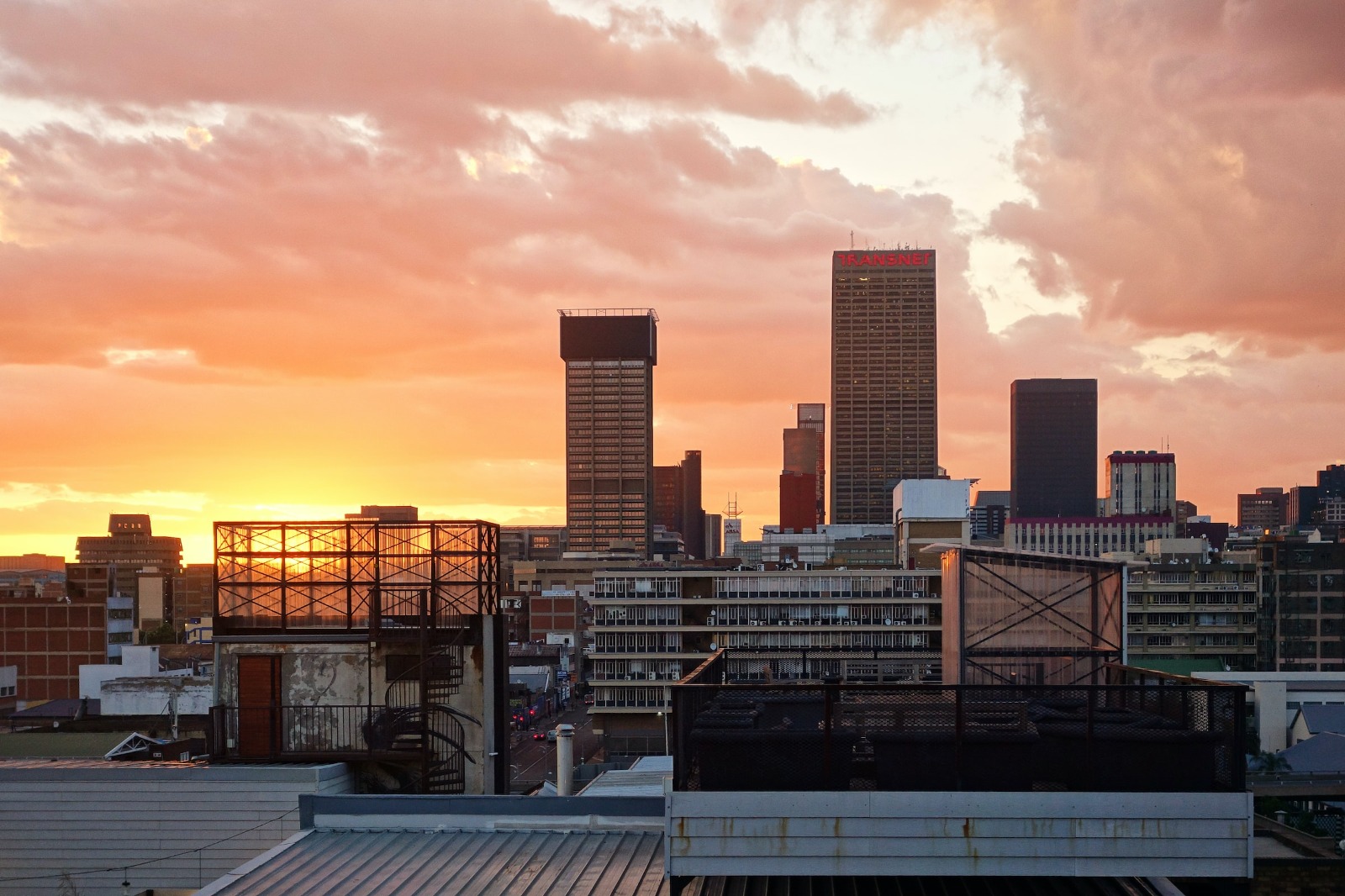In 2015, the Sustainable Development Goals (SDGs) replaced the Millennium Development Goals (MDGs) with the aim of ending poverty, protecting the planet, and ensuring all people enjoy peace and prosperity by 2030. Just before the SDGs were adopted, during a specific global conference held in Addis Ababa, Multilateral Development Banks (MDBs) and Regional Development Banks (RDBs) – such as the World Bank, Asian and African Development Bank – were urged to and agreed to update and develop their internal policies to be in line with the SDGs.
Fast forward to seven years later, a new report co-authored by Development Reimagined CEO Hannah Ryder and supported by policy analysts from Development Reimagined suggests this commitment has been ignored, despite the fact that many developing economies – as borrowers from the banks – have been working hard to actively align their own development plans and priorities to the SDGs.
The report “The State of SDG-Era Lending: An independent assessment of development lending reforms to date and practical proposals for the way forward” comes at a time when we are seeing a consistent push for a reform of the international financial system, recognizing that multilateral development banks are not doing enough to meet the needs of low and middle-income countries. The World Bank’s Evolution Road Map which was published not too long after this report was quite disappointing, with little focus on transparency of financing and financing targets and the Bank continuing to focus on credit ratings and not taking enough risk.
This report, published by UNRISD and funded by the German government, suggests more pressure should be put on MDBs and RDBs to not only increase lending to countries at this time but also reform the way they lend, and specifically suggests five steps for the MBDs and their largest, most powerful shareholders – including Germany – to follow up, including accepting independent reviews of their progress, measuring their loan portfolios more consistently against the SDGs, and increasing diversity in their senior leadership, staffing and procurement – an issue that has drawn much contention in the past.
The report, which reviews development finance trends since 2015 and includes 5 country case studies (Ghana, Cambodia, Egypt, Mexico and Colombia), analysis of over 160 loan documents, plus almost 30 interviews with ex-MDB officials, experts, recipients, and donor governments – is persuasive and thorough. The authors analyse expected changes under five areas, with 12 specific assessment metrics. In the limited cases where the authors do find changes since the SDGs, they find that changes are sporadic rather than systematic, and driven by external factors rather than internal management efforts. The authors also find that although the MDBs created after the SDGs – such as the Asian Infrastructure Investment Bank (AIIB) and New Development Bank (NDB) – prioritize the SDGs at the board and strategic level, there is little evidence of the difference this makes in their day-to-day activities and analysis, and even less evidence that they are positively affecting the rest of the MDBs.
Although there are various explanations for the lack of progress, the authors stress the lack of commitment from shareholders and senior leaders of MDBs to institutional reform.
Download the report here.
The authors are available for comment or interviews. To arrange, please direct message @jonathanglennie, @hmryder or @PJLaddUN on Twitter. For more information, please email clients@developmentreimagined.com.
April 2023


